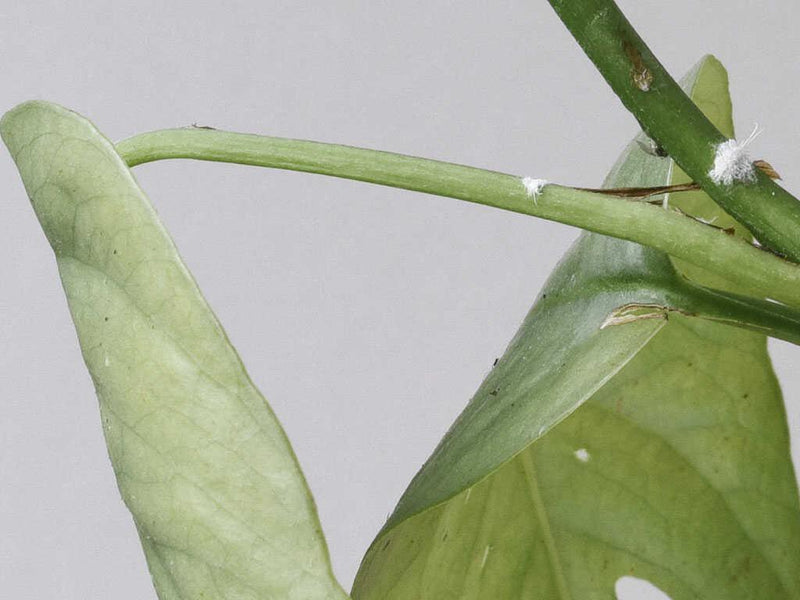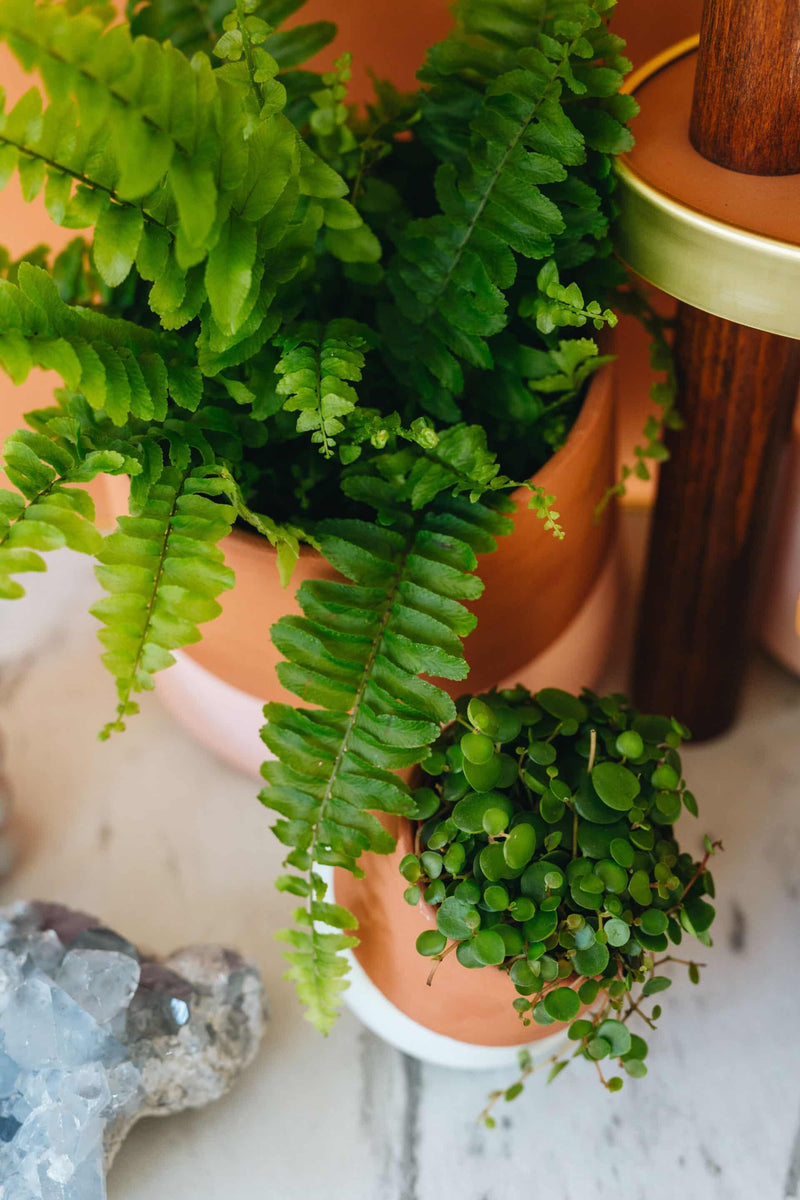
by admin
Common pests: Mealybugs
Mealybugs- identification, treatment and prevention! Mealybugs are soft-bodied, wingless insects measuring about 2 mm long, that often appear as white, cottony masses on the leaves and stems of plants. Although occasionally mistaken for white plant fungus, mealybugs can be easier to spot and remove from your plants than other common pests, but do not underestimate them! While slowly moving across your plant, these guys will suck the juices out of your beloved plant, and while doing so, excrete a sticky, honeydew-like substance on the foliage, which sets the stage for the growth of sooty mold fungus, and can even attract other plant pests. Mealybugs like to stick together and hide in the most inaccessible parts of plants, such as leaf axils, leaf sheaths, between twining stems, and under loose bark. And if that wasn't bad enough, there are also some mealybug species that feed on plant roots, something that often happens to Hoyas. The regular kind, though, will lay up to 600 small, yellow eggs in a protective, cottony mass, and aside from the bugs themselves, that is what you'll most likely notice first on your the plant. Where do they come from? The most common way for mealybugs to make their way onto your plants is via something we all love... new plants! Especially tropical plants with softer stems and leaves are very likely to attract mealybugs, but more on that further down!Prevention is easier than treatment, so before we get into how to get rid of mealybugs, the first thing you should always remember, is to check your new plants for bugs when you bring them home!If you want to play it safe and really be one step ahead of pests, try quarantining your new plant right away, and giving it a preventative Neem oil treatment, before introducing it to the general population. This way, if your new plant was carrying some unwanted stowaways, they won't have a chance to spread to the rest of your home. Which plants are prone to mealybug infestations? With so many different mealybug species out there, no genus is safe! But plants like Orchids, African Violets, Begonia, Coleus, succulents, and amaryllis, are among the plants known to be especially susceptible to citrus mealybugs, while the long-tailed mealybug seem to have a preference for plants in the Dracaena genus.As we mentioned earlier, there are some species of mealybugs that live in plant soil, and attack the roots. Hoyas are particularly susceptible to those, and unfortunately, the only way to identify this type of mealybug, is by the damage they cause the plant. Look for yellowing leaves and a lack of new growth, and if you suspect there are mealybugs in the soil, the only way to get rid of them is to repot the plant and completely replace the soil. /wp:columns wp:block {"ref":71578} / wp:paragraph If you see any of the following symptoms: stunting, chlorosis, defoliation, or wilting, or if you've been able to spot actual mealybugs on your plants, it's time to start treatment immediately!Here are our best tips for quickly and efficiently getting rid of these highly unwanted house guests. If you see adult bugs or eggs, remove them immediately by wiping your plant off with a damp towel soaked in rubbing alcohol. Alternatively you can make a spray by mixing one part rubbing alcohol to seven parts water, and spraying it directly on plants affected by mealybugs. This also works on aphids, thrips, whiteflies, etc. The alcohol will melt the protective wax that covers certain insects, and dry out the soft body parts of others. Remember to check all of those inaccessible spots such as partially unfurled, new leaves! Should you find any bugs there, either spray them or use a q-tip with rubbing alcohol to remove them. Use predator bugs like the Cryptolaemus Montrouzieri. Also known as mealybug ladybird, or mealybug destroyer, this insect can be released onto your plants in order to control the mealybug population in a completely natural way. Be aware that the ladybirds larvae look a lot like large mealybugs! It's also good to remember that predator bugs are usually most successful when pest populations are fairly low. Our trusty, old friend Neem! Neem oil is an effective treatment for nearly every kind of pest that can infect your plants, so if using predator bugs is not your thing, and you don't have any alcohol at home, you can always start with a Neem treatment. Last but not least, it's important to remember that no matter which method you choose, the key to success is repetition, and reducing the risk of the infestation spreading. You accomplish that by quarantining the affected plant for at least four weeks, and checking the plant for the bugs regularly. Also, don't forget to fertilise your plant when it's suffering from pests, as they will stunt the plants growth, so your plant will need all the extra help it can get to recover and regrow!














